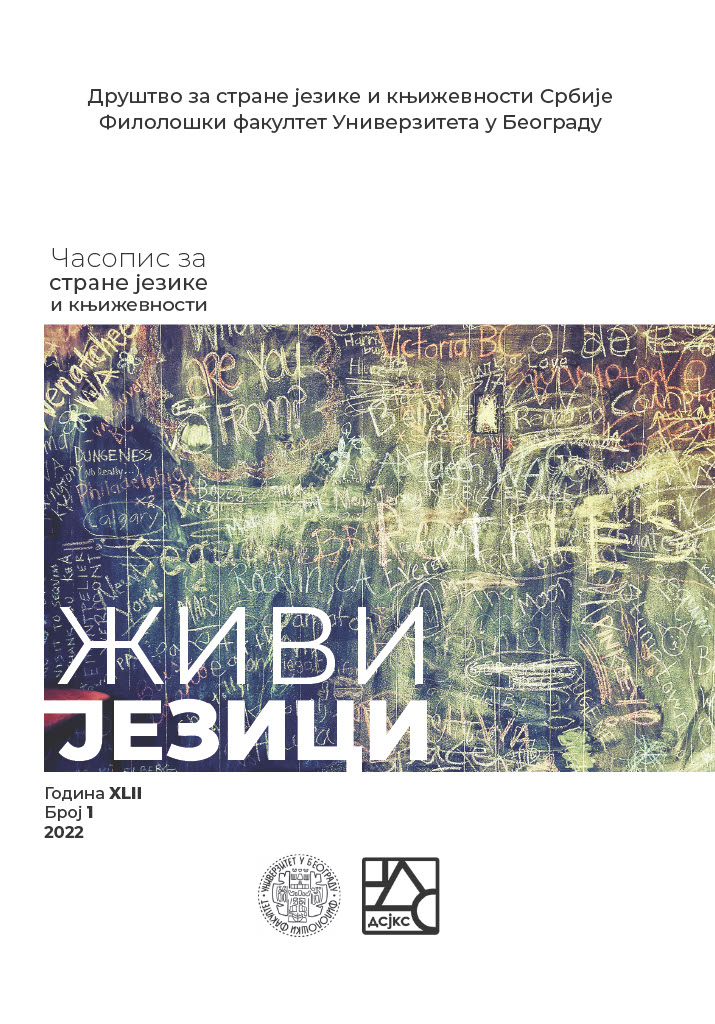Performance-based and authentic assessment for Cambridge PRE A1 Starters exam
DOI:
https://doi.org/10.18485/zivjez.2022.42.1.9Keywords:
self-assessment, peer assessment, reading, writing, speaking, alternative assessment, scoring rubricsAbstract
The aim of this paper is to present possibilities of transforming activities from English courses for Young Learners into activities which will help them become aware of the elements that comprise Pre A1 Starters, formerly known as Cambridge YLE Starters Exam. The proposed activities focus on two important aspects of an exam: the ways to minimize student-related unreliability and the ways to maximize test validity, to bring test format closer to students. It also considers important aspect of learning – background knowledge, since new knowledge is most effectively acquired by building on existing one. This has led to using alternative assessment as the most suitable way to implement prior knowledge, as well as make young students reflect on their own learning. The paper presents ways of self-assessment and peer assessment of authentic and performance-based activities as they best fit the student’s book and portfolio tasks prescribed by the course book used.
References
Cambridge English: Starters (YLE Starters) | Cambridge English. [http://www.cambridgeenglish.org/exams/young-learners-english/starters/]
Cambridge Assessment English: Cambridge English Qualifications. Pre A1 Starters, A1 Movers and A2 Flyers. Handbook for Teachers. [http://www.cambridgeenglish.org/images/153612-yle-handbook-for-teachers.pdf]
Evans 2009: D. Evans, The end product: Doug Evans looks at performance assessment in the EFL classroom. (Practical ideas) (English as second language). Cengage Learning, HighBeam Business.
Mueller 2014: J. Muller, What is authentic assessment? (Authentic assessment toolbox). Jon Mueller. [https://jfmueller.faculty.noctrl.edu/toolbox/whatisit.htm]
O’Malley and Pierce 1996: J. M. O’Malley, L. V. Pierce, Authentic assessment for English language learners: Practical approaches for teachers. Reading, MA: Addison-Wesley Publishing Company.
Prošić-Santovac and Rixon 2019: D. Prošić-Santovac, S. Rixon (eds.), Integrating assessment into early language learning and teaching. Multilingual Matters.
Shin and Crandall 2014: J. K. Shin, J. A. Crandall, Teaching young learners English: From theory to practice. Boston: National Geographic Learning.
Strange 2011a: D. Strange, Chatterbox: Pupil’s book 2. (Oxford English.) Oxford, UK: Oxford University Press.
Strange 2011b: D. Strange, New chatterbox 2: Activity book. Oxford, UK: Oxford University Press.
Young 2012: V. Young, All students can shine. [http://www.allstudentscanshine.com/]
Published
How to Cite
Issue
Section
License
Copyright (c) 2022 Лора Петронић Петровић

This work is licensed under a Creative Commons Attribution-NonCommercial-ShareAlike 4.0 International License.


